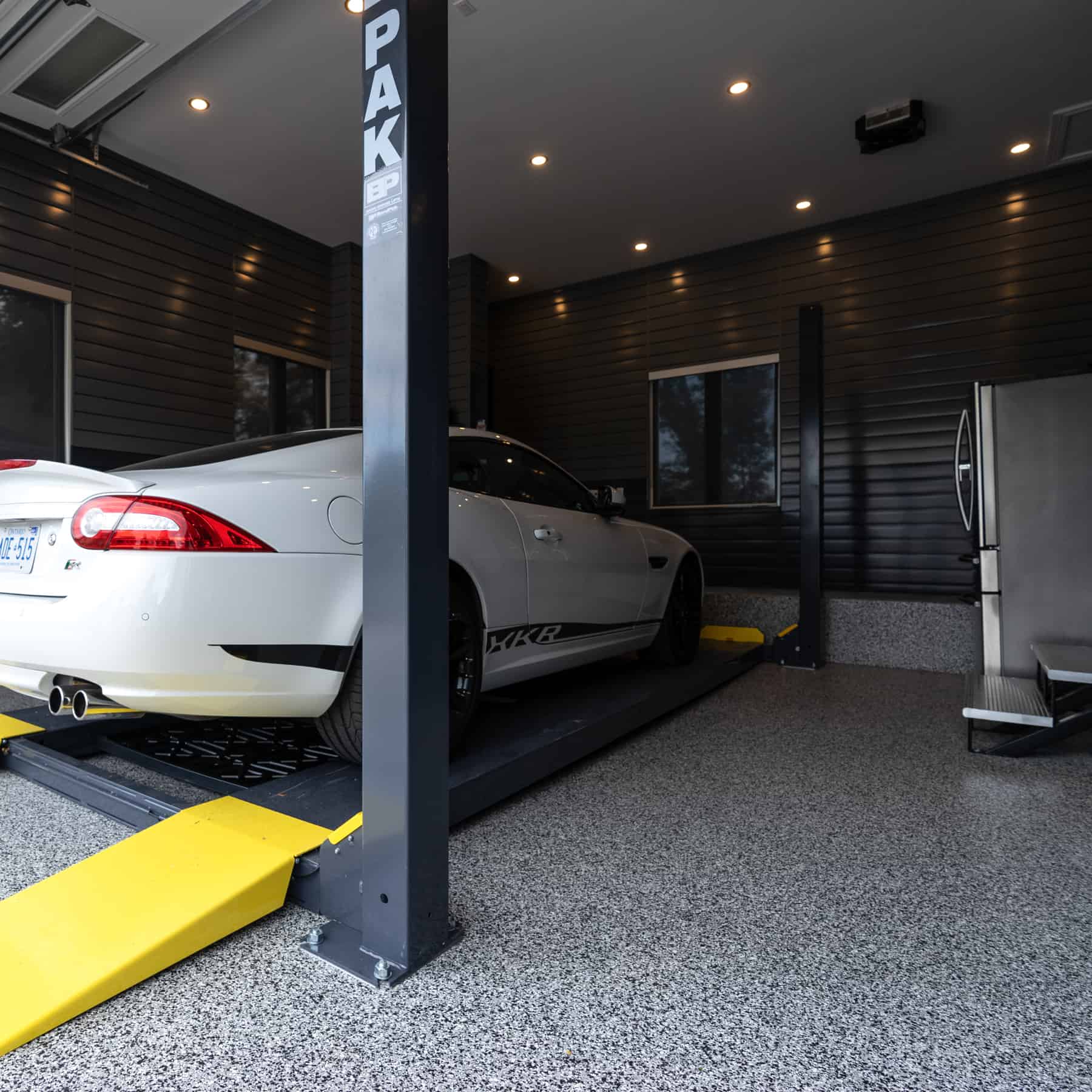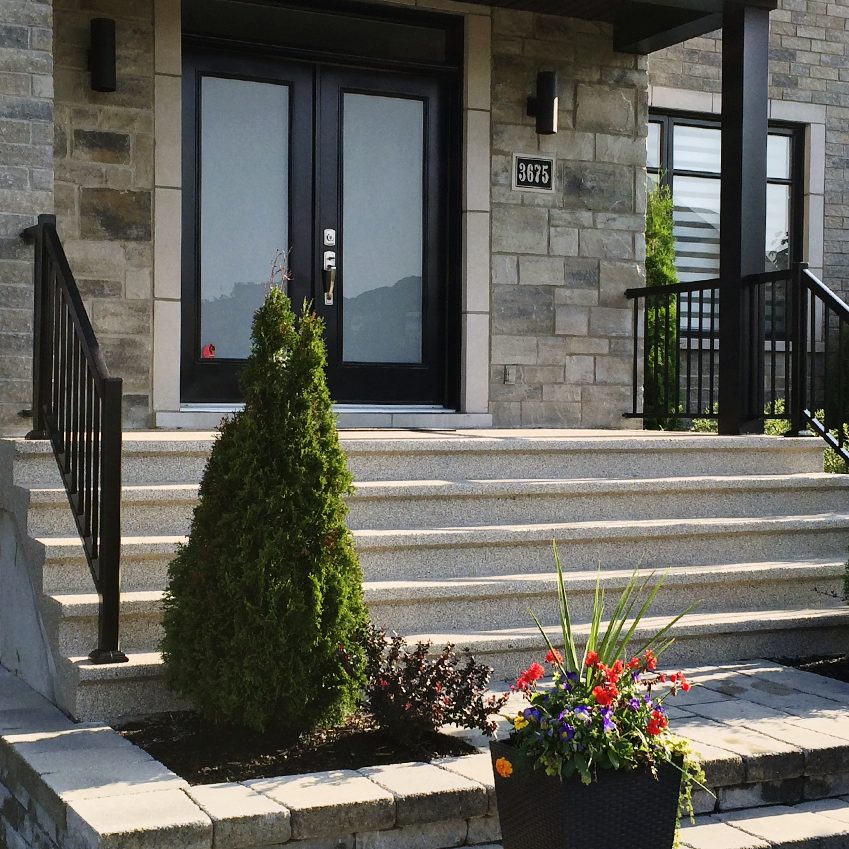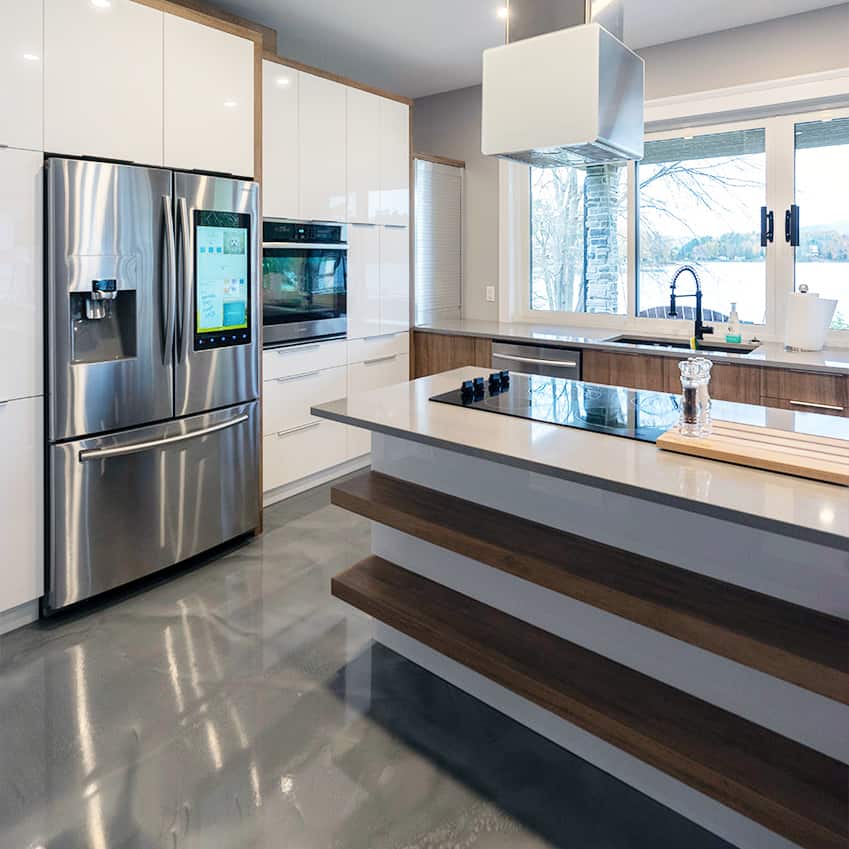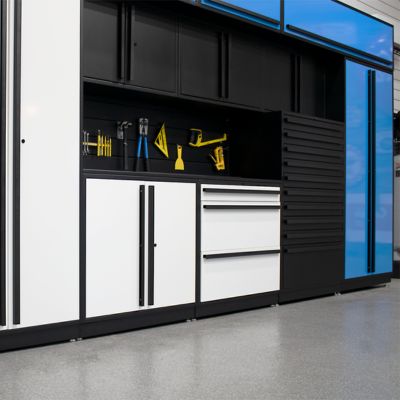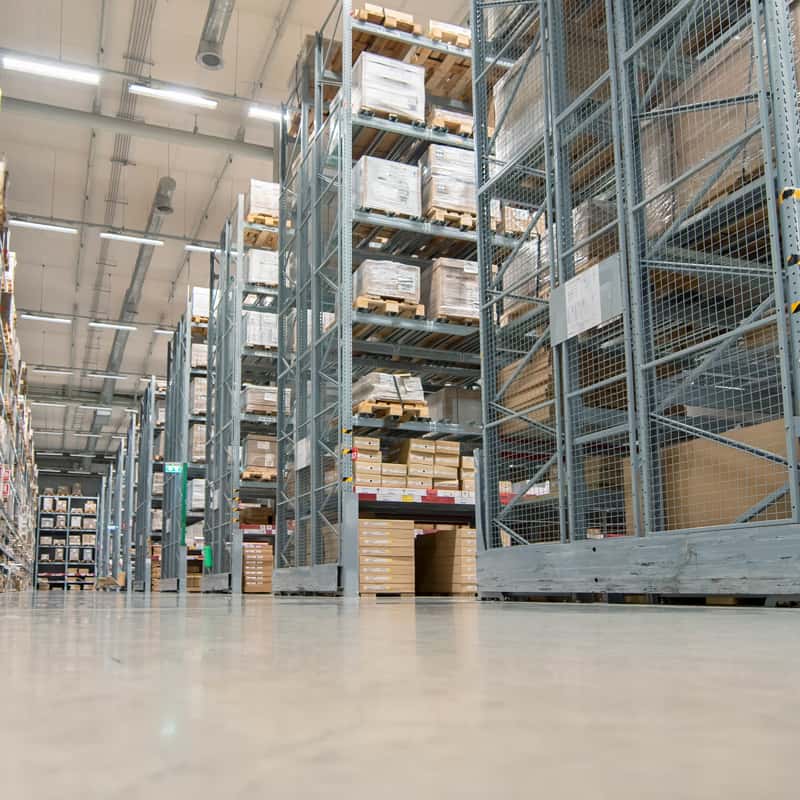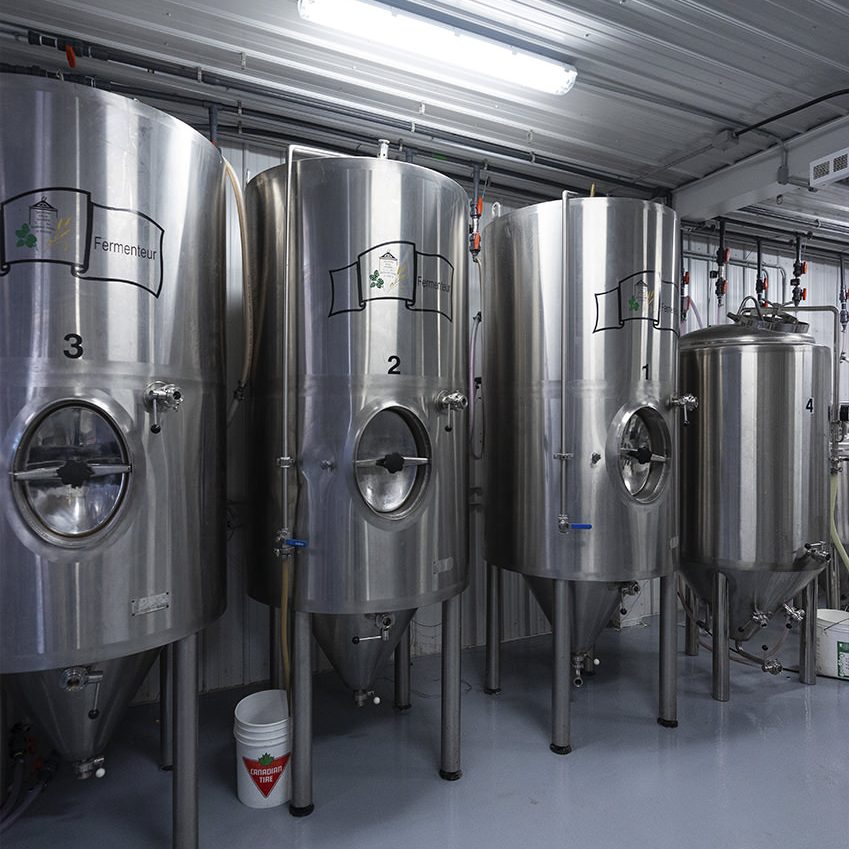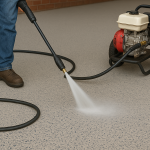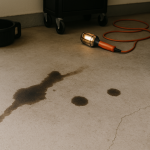Concrete Efflorescence: Understand the Risk and Choose the Right Solution
Have you noticed white stains or a powdery residue forming on your garage floor, patio, or basement slab? This phenomenon is known as efflorescence. Although it may appear to be a minor cosmetic issue, it can indicate more serious moisture problems. If left unaddressed, efflorescence can return repeatedly.
In this article, we will help you:
- Understand what efflorescence is
- Learn what causes it and how to remove it
- Discover effective prevention methods
- Determine when it’s time to consult a concrete expert
If you are unsure about the condition of your concrete, our local franchise professionals can assess it for free.
What Is Efflorescence?
Efflorescence is a white, chalky deposit that forms on the surface of concrete. It occurs when moisture from within the concrete or from below dissolves salts present in the slab. As the moisture evaporates, it leaves behind these salts on the surface.
Efflorescence is commonly found on:
- Garage floors
- Outdoor balconies or patios
- Basement slabs or foundation walls
- Concrete stairs or entryways
Depending on the surface and humidity levels, efflorescence can appear as light powder, white streaks, or even hardened mineral deposits.
What Causes Efflorescence on Concrete?
The primary cause of efflorescence is moisture. When water travels through concrete, it carries natural salts to the surface. Once the water evaporates, these salts remain behind, creating a white, powdery residue.
Common causes of efflorescence include:
- Poor drainage beneath or around the concrete slab
- Groundwater rising through the concrete due to capillary action
- Freeze-thaw cycles in colder climates
- Lack of a protective sealer on the concrete surface
- Cracks or unsealed joints that allow moisture to enter
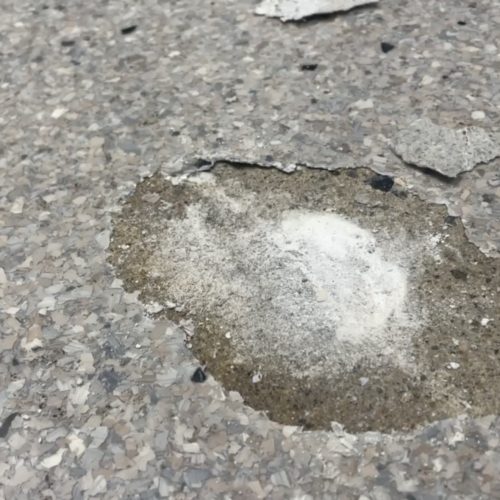
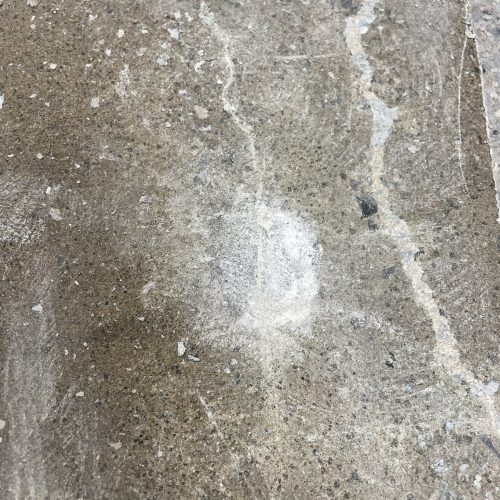
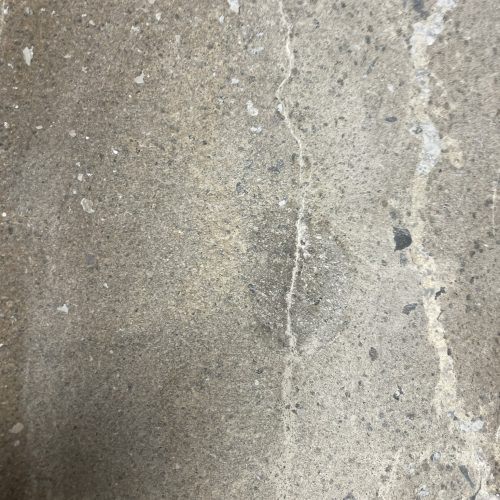
Can You Remove Efflorescence Yourself?
Yes, you can remove efflorescence manually. To do this, use a soft-bristle broom or scrub brush along with a mild acid solution, such as diluted vinegar, to eliminate most surface deposits. There are also commercial efflorescence cleaners available for purchase.
However, it’s important to note that cleaning alone will not solve the underlying problem. If you don’t address the source of the moisture, the white stains will likely return. Additionally, if the concrete is cracked, pitted, or consistently wet, the damage may worsen over time.
How to Permanently Solve Concrete Efflorescence
Efflorescence can be frustrating. Scrubbing it, treating it with acid, and then repeating the process every spring often provides only temporary relief. If efflorescence keeps returning, it indicates that the underlying problem has not been addressed.
No matter how effective a surface coating might be, it won’t last without identifying and fixing the source of moisture. Simply applying a sealer or resurfacing your floor without addressing the root cause only masks the symptom.
Here’s our professional approach to achieving lasting results:
-
Identify the Source of Moisture
Is it due to a high water table, poor drainage, or a leak in the perimeter or slab?
Everything begins with a thorough assessment of your slab and its environment. This ensures that the solution will last rather than just providing a temporary fix.
-
Prepare the Concrete Surface
Once the root cause is identified and corrected, we mechanically grind or deep clean the surface to eliminate all traces of salt and mineral buildup. This step is crucial for ensuring proper bonding and long-term performance.
-
Apply a Durable Protective System
We apply a polyaspartic coating with decorative flakes, which provides a premium and long-lasting finish suitable for Canadian conditions.
In most cases, we also install a moisture vapour barrier (MVB) beneath the coating. This additional layer acts as a protective shield, preventing residual moisture from migrating back to the surface. It significantly reduces the risk of future efflorescence, delamination, or blistering, while improving overall adhesion and durability.
In the vast majority of cases, this approach resolves the issue permanently. However, in rare and more complex situations—such as ongoing high humidity within the slab or structural problems—our experts may recommend further evaluation or additional corrective measures.
The result: a dry, clean, and solid floor system that endures over time.
When Should You Call a Professional?
If you’ve already tried cleaning the stains and they keep coming back, or if your concrete shows visible damage, it might be time to bring in a specialist.
You should call us if:
- The efflorescence returns every season
- The surface is cracking, flaking, or holding moisture
- You’re planning to apply a new floor coating or sealer
- You want a long-lasting solution rather than a temporary fix
Our trained local franchise owners can assess your surface and recommend the right solution—with guaranteed results.
Get your free concrete evaluation today!
Want it done right—once and for all?
At B.Protek Concrete Coatings, we don’t just clean the surface; we address the root of the problem. Our trained local specialists use proven products and professional methods to ensure your concrete is protected for the long term.
Get a free surface evaluation today! Contact a local B.Protek franchise owner for more information.
YOUR GARAGE CAN BE BETTER. WE’D BET ON IT!
A turnkey setup, without the hassle.
Still got questions?
Let us know!
Fill the form bellow
